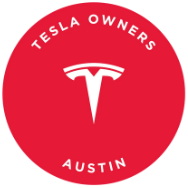While Porsche is well-known for its internal-combustion sports cars, the company’s history with electric motors dates back to the turn of the 20th century. Ferdinand Porsche, who later founded the sports car brand with his son Ferry, experimented with electric motors, including in-wheel hub motors.
The first electric-vehicle boom actually occurred before internal combustion technology became dominant. On Apr. 4, 1900, a 24-year-old Porsche unveiled an electric vehicle at the Paris World’s Fair that he had helped develop.
In 1898, Porsche had already designed a complete electric car. In 1900, he collaborated with the Austrian firm of Lohner & Co. to integrate electric motors into the front hubs of a vehicle, resulting in the Lohner-Porsche. This innovative vehicle featured four-wheel braking and reached a top speed of 19.8 mph.
Continuing his work with hub motors, Porsche developed three different sizes with outputs up to 11.8 hp for use in various vehicles. These motors were designed to be used with lead-acid batteries, providing a range of up to 31 miles.

Lohner-Porsche Semper Vivus hybrid
Porsche also ventured into all-wheel drive electric race cars, such as La Toujours Contente, which featured 13.8-hp motors powering each wheel. The Lohner-Porsche Semper Vivus hybrid, combining front hub motors with a gasoline engine, became a notable example of Porsche’s hybrid technology.
Over the years, hub motors have continued to attract interest, with some automakers incorporating them into their vehicles. Chinese automaker Dongfeng claimed to be the first to use in-wheel motors in a passenger car in 2023. Other companies, like Aptera, Ferrari, Hyundai, and Toyota, are also exploring the potential of hub motors for future vehicles.

